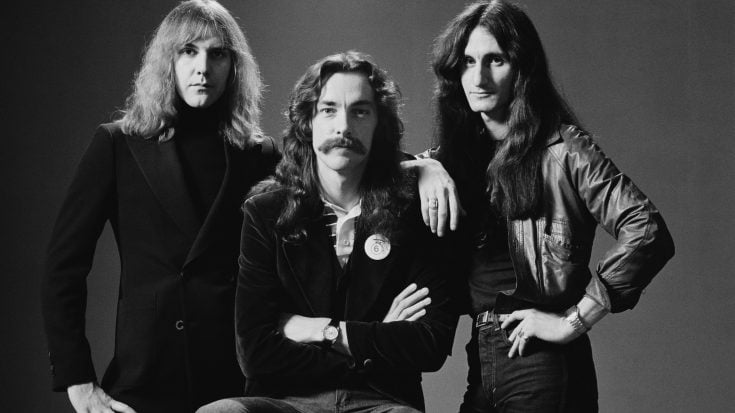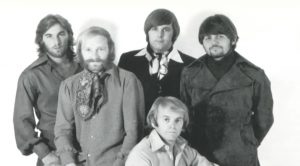The Rush Album That Conflicted Rush To Continue

Rush (from left: guitarist Alex Lifeson, drummer Neil Peart and bassist and singer Geddy Lee), Canadian rock band, pose for a group studio portrait, 1978. The portrait was taken at a shoot for the band's Hemispheres album. (Photo by Fin Costello/Redferns/Getty Images)
In the mid-70s, Canadian rock band Rush was still finding themselves new to the music industry. After original drummer John Rutsey left the band due to health issues and personal problems, Alex Lifeson and Geddy Lee were left with no choice but to pick up a last-minute replacement. That’s how Neil Peart rolled into their lives and the trio would eventually cement their names in the annals of rock music.
But their success story wasn’t a cakewalk from the beginning. Although Fly By Night helped the band catapult to ever-greater fame, its successor album, however, didn’t. Caress of Steel was an odd album compared to Rush’s earlier works, perhaps due to the band’s shift from blues-rock sound to progressive rock.
The trio had high hopes for this newly-created album and could be the reason that the people would finally consider the band as an up-and-coming rocker. But, “Caress of Steel” took a downward turn, only selling fewer copies in comparison to its predecessor. Only those who love the album were proven to be loyalists of Rush’s recordings, but overall, the album was a big disappointment.
While their recording company didn’t hide their disappointment towards Rush, they did let them start anew and decided to finance one more album. However, the company felt that it would be good for them to use a more commercially-driven sound, something that the band fully rejected thereof. The resulting product was “2112,” a fully-equipped album that made them the stars of today.
https://www.youtube.com/watch?v=AcWBEkPMD2k











